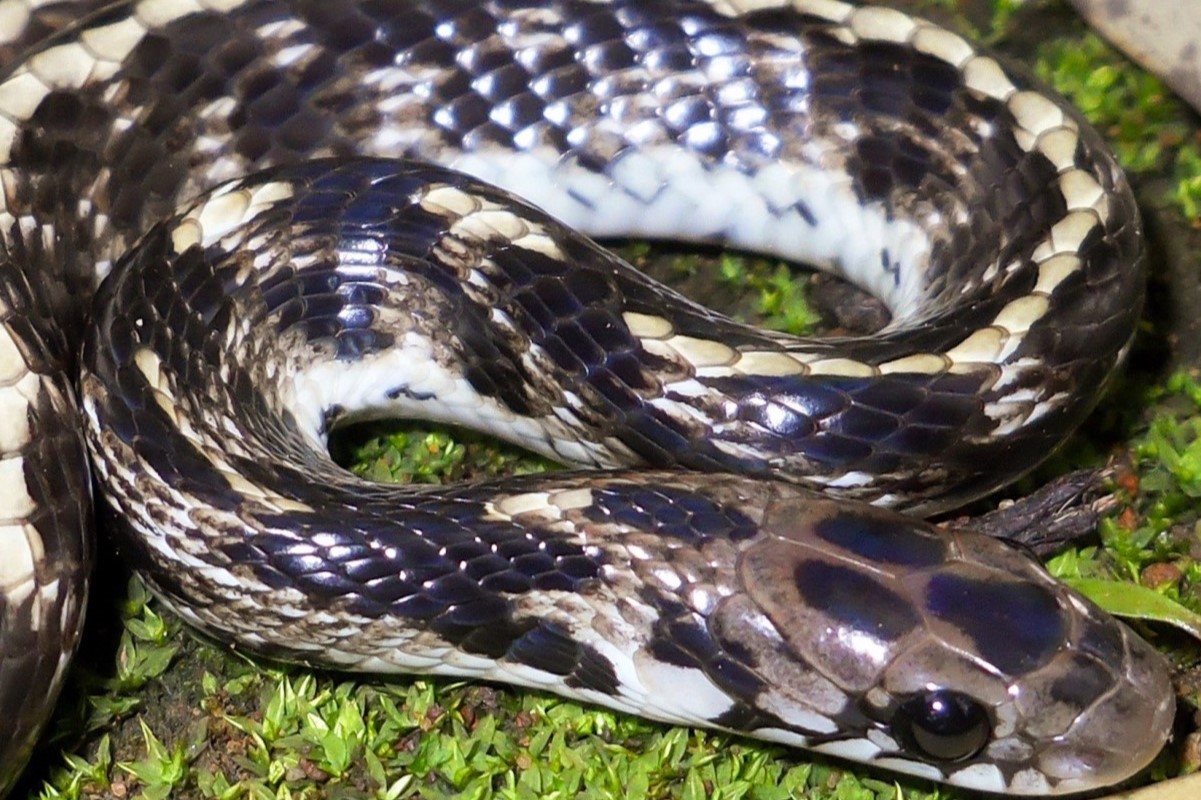
The Indian Egg-eating Snake, scientifically known as Elachistodon westermanni, is a remarkable reptile that has captured the curiosity of many animal enthusiasts and herpetologists. Found across various parts of India, this snake has developed a unique and intriguing feeding behavior – it exclusively consumes bird eggs! With its specialized jaw structure and adaptation to a seemingly peculiar diet, the Indian Egg-eating Snake has become an enigma in the world of reptiles.
In this article, we will delve into the fascinating world of the Indian Egg-eating Snake and uncover nine intriguing facts about this captivating species. From its physical characteristics to its ecological significance, discover the compelling aspects that make this snake a true marvel of nature.
Key Takeaways:
- The Indian Egg-eating Snake is a unique reptile that exclusively feeds on eggs, using specialized teeth and a flexible jaw to consume its preferred food source.
- Found across South Asia, these docile snakes play a crucial role in maintaining ecological balance by regulating the population of birds and reptiles.
The Indian Egg-eating Snake is a specialized feeder
The Indian Egg-eating Snake, scientifically known as Elachistodon westermanni, is a fascinating reptile with a unique feeding habit. As its name suggests, this snake exclusively feeds on eggs, making it highly specialized in its diet.
It uses nonvenomous techniques to prey on eggs
Unlike venomous snakes that immobilize their prey with toxins, the Indian Egg-eating Snake employs nonvenomous techniques to overcome the daunting task of breaking and ingesting eggs. This adaptation allows them to safely consume their preferred food source without the need for venom.
They have specialized teeth for eggshell penetration
The Indian Egg-eating Snake possesses a unique set of rear-facing teeth that are adapted for breaking and piercing eggshells. These teeth, known as acrodont teeth, allow the snake to effectively penetrate the hard exterior of the eggs it consumes.
They have a flexible jaw to swallow larger eggs
To accommodate their diet of eggs, the Indian Egg-eating Snake has a highly flexible jaw that can stretch to incredible widths. This adaptation enables them to swallow eggs that are larger than their own head, making it possible for them to consume a variety of different bird and reptile eggs.
Indian Egg-eating Snakes have a unique digestion process
After swallowing an egg, the Indian Egg-eating Snake secretes enzymes in its digestive system to break down the egg’s contents. Once the egg is digested, the snake regurgitates the indigestible eggshell, leaving behind no trace of its feeding activity.
They can mimic venomous snakes for defense
Although the Indian Egg-eating Snake is nonvenomous, it has a remarkable defense mechanism. When threatened, it can flatten its neck and display markings that resemble those of venomous snakes. This mimicry can deter potential predators, allowing the snake to escape unharmed.
Indian Egg-eating Snakes are found across various regions in South Asia
This fascinating reptile can be found in a range of habitats across South Asia, including India, Sri Lanka, Nepal, Bhutan, and Bangladesh. They are typically found in forested areas, grasslands, and agricultural lands.
They are usually docile and non-aggressive
Indian Egg-eating Snakes are generally known for their docile nature. They are non-aggressive snakes that prefer to avoid confrontation rather than engage in defensive behaviors. However, like any wild animal, they should be observed from a safe distance to avoid unnecessary interactions.
They are of significant ecological importance
The Indian Egg-eating Snake plays a crucial role in maintaining ecological balance. By preying on eggs, they help regulate the population of birds and reptiles, ensuring the sustainability of their respective ecosystems.
Conclusion
Indian egg-eating snakes are truly fascinating creatures. From their unique feeding habits to their ability to mimic a venomous snake, they are certainly a species worth learning more about. Their elongated body and specialized jaws allow them to swallow eggs whole, while their scale patterns help them blend into their natural surroundings.
These snakes play an important role in maintaining ecosystem balance by controlling rodent populations. Despite their unusual diet, they are harmless to humans and are mostly found in rural areas throughout India. The Indian egg-eating snake serves as a reminder of the incredible diversity of wildlife that exists in our world.
FAQs
1. What do Indian egg-eating snakes eat?
Indian egg-eating snakes exclusively feed on bird eggs. They have specialized jaws that allow them to crack open and ingest the egg, discarding the shell later.
2. Are Indian egg-eating snakes venomous?
No, Indian egg-eating snakes are not venomous. They mimic the appearance of venomous cobras to deter potential predators.
3. How long can an Indian egg-eating snake grow?
Indian egg-eating snakes are known to reach lengths of up to 6 feet (1.8 meters). However, most individuals are typically smaller, around 3 to 4 feet (0.9 to 1.2 meters) in length.
4. Where can Indian egg-eating snakes be found?
Indian egg-eating snakes are primarily found in India, particularly in rural areas. They prefer habitats such as grasslands, farmlands, and forests where they can find bird nests.
5. Do Indian egg-eating snakes lay eggs?
Yes, Indian egg-eating snakes are oviparous, which means they lay eggs. After mating, the female will lay a clutch of 4 to 6 eggs, which will incubate for about two months before hatching.
Was this page helpful?
Our commitment to delivering trustworthy and engaging content is at the heart of what we do. Each fact on our site is contributed by real users like you, bringing a wealth of diverse insights and information. To ensure the highest standards of accuracy and reliability, our dedicated editors meticulously review each submission. This process guarantees that the facts we share are not only fascinating but also credible. Trust in our commitment to quality and authenticity as you explore and learn with us.
